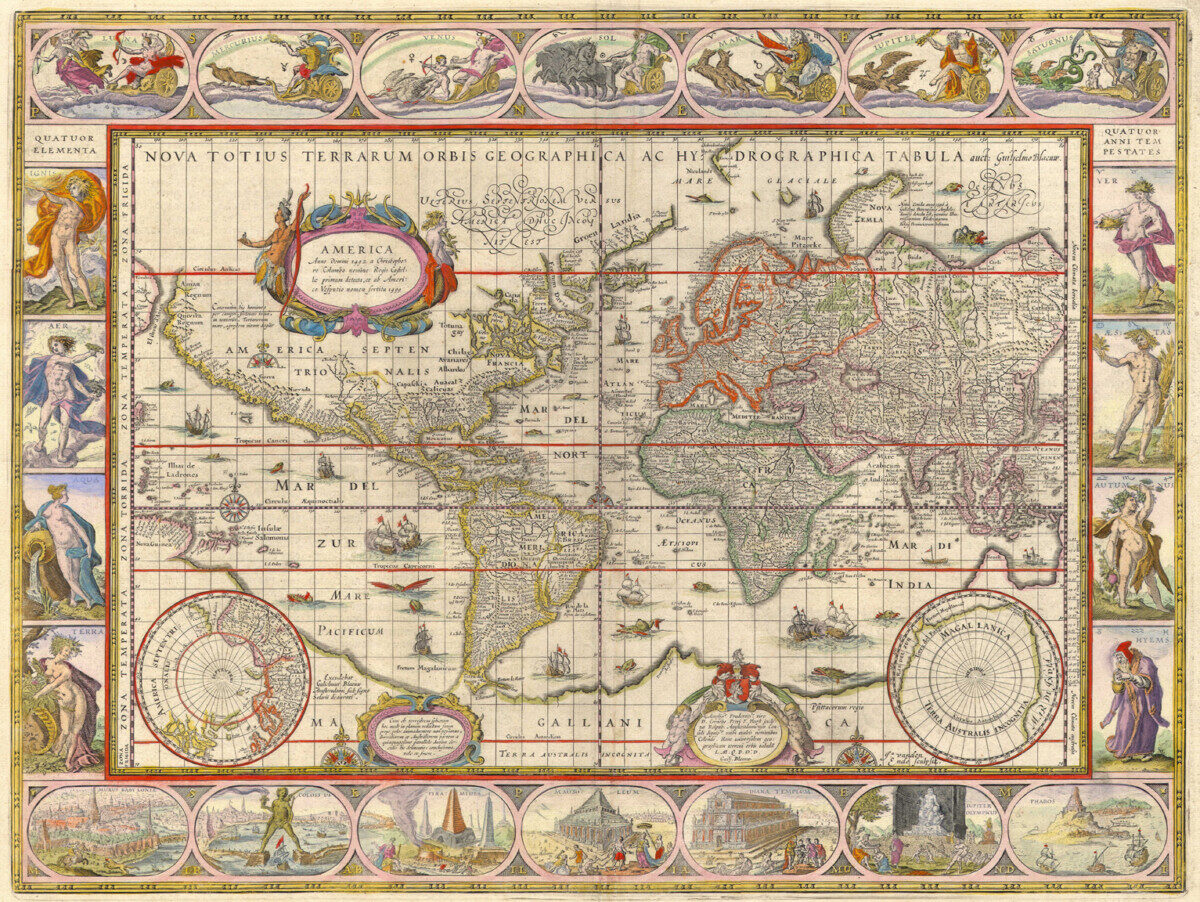“The Mirrors of Las Meninas” by Byron Ellsworth Hamann uses the examples of the cup, tray, and curtain in Las Meninas to show globalization in the seventeenth century. These objects were not just found in the collections of royalty but also in affluent households across Spain. Thus, Velzques shows how “New World” objects were integrated into well-to-do Spanish life of the times. So, when looking at globalization in the modern world, we must also look for characteristics, customs, and objects that have become integrated into our day-to-day lives regardless of the geographic location of their production.
My perspective on globalization has been shaped by my upbringing in India. I consider the use of spices, the skill of yoga, and the foundations of modern mathematics as exports from India that have integrated into the lives of billions across the world. However, the impact of American and Western European cultures because of their hegemony on the global cultural discourse makes the regions integral to modern globalization. People across the world speak English, wear suits to work, and follow the Georgian calendar, amongst other basics of life. Globalization presents a perplexing situation where various regions are influenced by other cultures through customs, arts, and goods. While encouraging a global and holistic perspective, globalization might also act against local practices. For example, Indian corn farmers suffer greatly from global trade agreements between India and the US, where India must purchase American corn, which makes local corn purchasing too expensive and unnecessary. I personally consider globalization integral to my own life: studying and planning to live in a foreign nation. But I also consider its detrimental effect on people who live lives rooted in the cultures and practices of a region.
